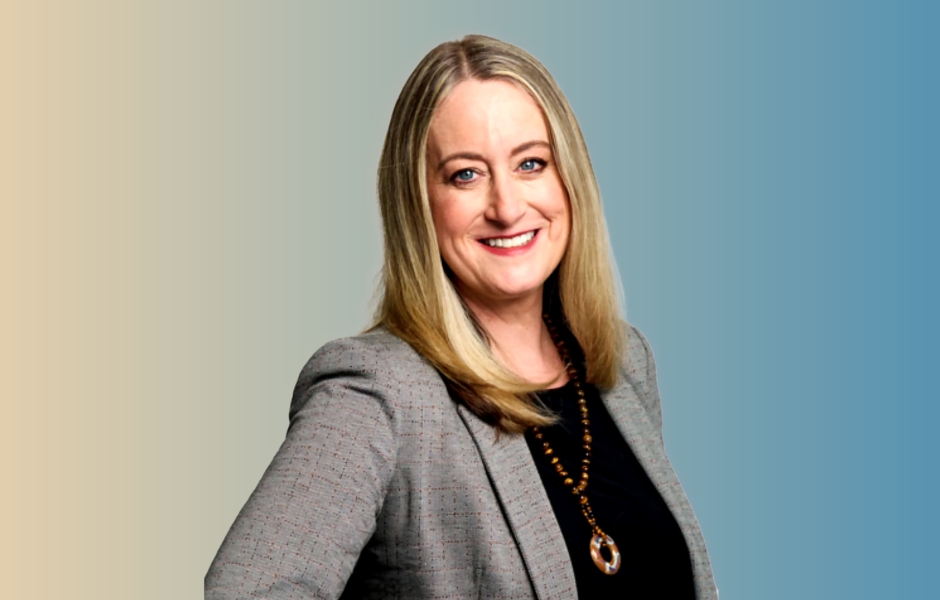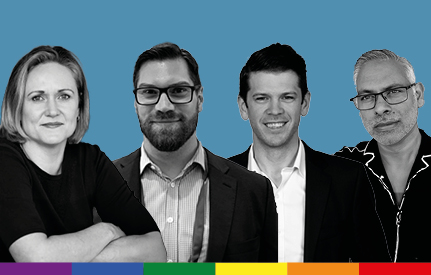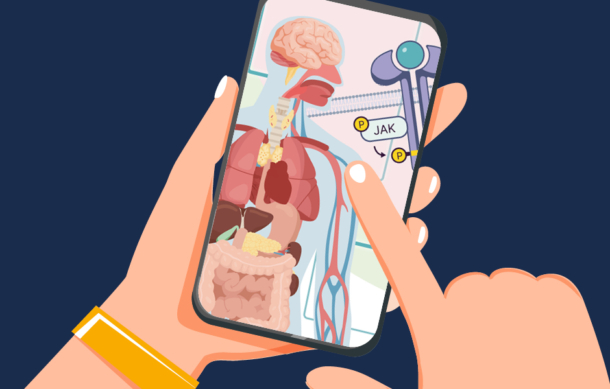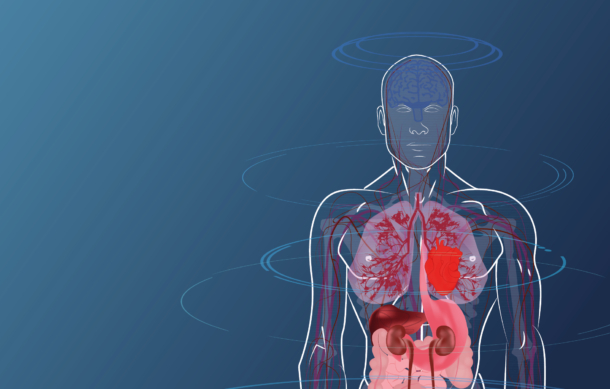Dr Harmony Garges, Chief Medical Officer, ViiV Healthcare, talks to EMJ GOLD about her decision to join the pharmaceutical industry, treating children with HIV and her views on improving access to HIV treatment
Interview by Dr Jonathan Sackier
Dr Harmony Garges is the Chief Medical Officer at ViiV Healthcare, leading the global medical team. A physician with expertise in pediatric infectious diseases, she spent nearly 20 years caring for children with HIV and has 19 years of pharmaceutical industry experience. Dr Garges has contributed to the development and launch of numerous products and worked in R&D, pharmacovigilance and medical affairs.
In her role, she ensures human safety and medical governance and oversees the global medical affairs strategy. She completed her medical training at Duke University Medical Center, where she also served as Consulting Faculty and Associate Professor and holds an MPH in Epidemiology from the University of North Carolina at Chapel Hill.
You originally trained as a physician in the Carolinas. Could you describe the transition from treating paediatric infectious diseases to the world of pharmaceuticals?
Yes, I’m a paediatric infectious disease physician and paediatrics is definitely my passion. While at Duke University I was always interested in research, and Duke was a clinical site for many of the paediatric HIV trials that were happening.
While I love taking care of children, and I love building those relationships with them and their families – and for us in infectious disease, we often had long term relationships because these were children with chronic diseases, so we could really watch them grow up – I wanted to have a bigger impact. And that’s really where I saw industry could play a big role.
So, with Duke being a clinical trial site, I got very interested in drug development. But I thought if I could work for the company that is really creating these trials and creating these new medicines, I felt like I could have impact at scale. That was really the driver to pull me into industry.
You’re effectively practising medicine, you’re just doing it slightly differently to a much broader audience. What would you want people to know more about around the treatment of children with HIV?
I think there’s a couple of things there. One: remembering that children are not small adults. Paediatric medicine is a specialty area, so we do need people who understand it and can do specialised trials, because children are often left behind in research. And when we don’t do that research on children, it leaves physicians having to figure things out on their own, patient by patient. So we need to invest in paediatric research – and that’s a top priority.
I think the other piece we all need to remember, whether it’s working with children or working with adults, is that we are here to serve patients. And so we need to stay connected to patients, we need to understand what they want in their therapies. One of the things we’ve learned is that physicians don’t always know what patients want. You must have the right conversations with them, ask them, engage with them, and deeply understand what they want in their therapies.
We all need to remember, whether it’s working with children or working with adults, is that we are here to serve patients
Those conversations can prove difficult for everyone involved – how do you navigate these?
It can be a challenge. You navigate it with care, obviously. And even among paediatrics, you have to remember you’re working with children – infants who are newborn, all the way up to adolescents and young adults. One size doesn’t fit all, even within the paediatric space. And how you address consent and assent will differ over time. When a child is quite young, it’s very much a conversation with the parent. And then as the child starts to get older, the parents are still accountable for the consent piece, but you want to bring the child on that journey. You want them to understand what is going to happen, and at least make sure the child understands and is agreeable.
Let’s say it’s part of a clinical trial. You have to go through formal consent with the parents, but then you want to have a conversation with the child and talk to them about the disease and what the clinical trial is hoping to achieve. Let them know that this medicine hasn’t been proven, but we think there’s an opportunity for it to improve their condition. And let them know that there could be side effects. So make sure that if they’re feeling differently, they tell their parents, and really importantly, to make them know that they’re not forced to continue if they really are having a side effect, or they don’t like the additional procedures that they have to do as part of the trial. It starts to empower the child to be a part of their care.
In clinical trials we can’t make the assumption that children are small adults and women are the same as men. Do you think the industry needs to continue with this dialogue?
We absolutely do, and we take that very seriously at our company. I think the industry as a whole is evolving to understand that the people we serve are quite diverse and you really need to understand how a medicine is going to perform in a wider patient population – and that population should be representative of the disease under study.
So in our case, HIV affects all genders, all races, all ages. We really make a concerted effort to make sure our clinical trials are representative of all of those populations, because ultimately that’s the information that physicians need. If you’re treating a patient, you need to make sure that what you’ve learned from the clinical trial has a likelihood to translate to the person sitting in front of you. It’s really important to be deliberate about that.
We put in certain targets in our clinical trials to say we need a certain percentage of women, a certain percentage of ethnic minorities, and so on, to make sure we’re representing the population that we serve.
What are your top three recommendations for how companies can secure faster, more equitable and broader global access?
To break this down simply, as an industry, we are here to deliver medicines that patients want, that physicians understand the value of, and that payers will pay for. Those three things have to happen.
When you think about global access, you have to do that for the world. Using HIV as an example – there are over 39 million people living with HIV around the globe, and the vast majority of those people are in Sub-Saharan Africa. If we only focused on developing medicines that people in the US could afford, we would leave behind the majority of people living with HIV.
We approach this in three ways. The first is asking: Where is the unmet need? Where does it sit around the world? Where is it in every individual country? And then we look at the broader health ecosystem in those countries – do they have the right policies in place? Is this a medicine that will get on guidelines, certainly for most of Africa and most of the world, where HIV is a burden? The WHO guidelines are incredibly impactful. Something has to be endorsed by them for government agencies and others to provide it. So we consider if this a medicine the WHO would be interested innad if not, determine if there’s work we need to do for them to understand the value that this is bringing.
If we only focused on developing medicines that people in the US could afford, we would leave behind the majority of people living with HIV
Then once you think you have a strong platform for getting your medicine accepted on guidelines and valued in that ecosystem, you have to work in partnership. That’s the third message. And we work really well with the eMdicine Patent Pool, generic companies, and other global stakeholders who are passionate about this. We are committed to partner with these other organisations to make this medicine available in a more cost- effective way, so it can get to the people who really need to benefit from it.





